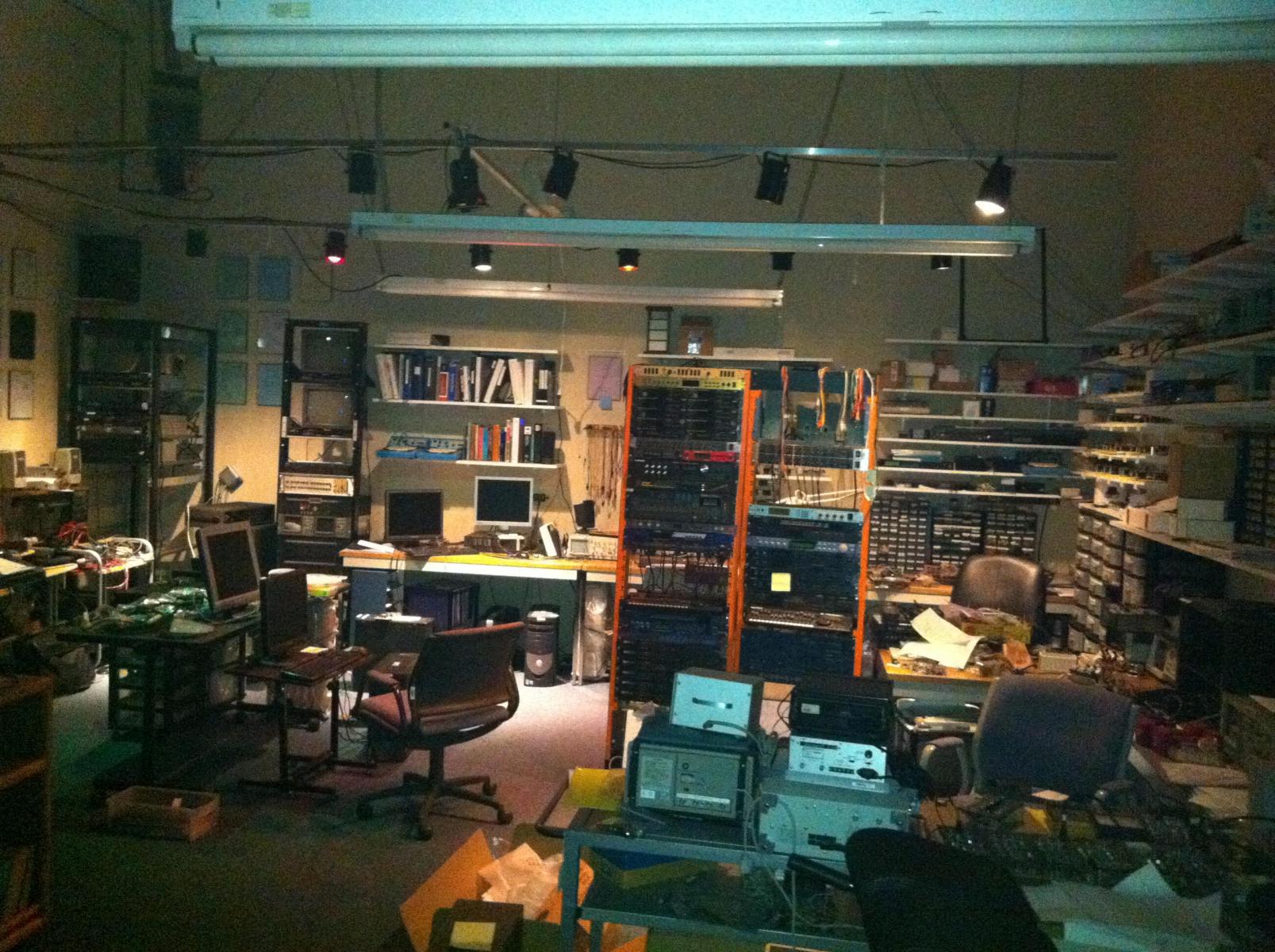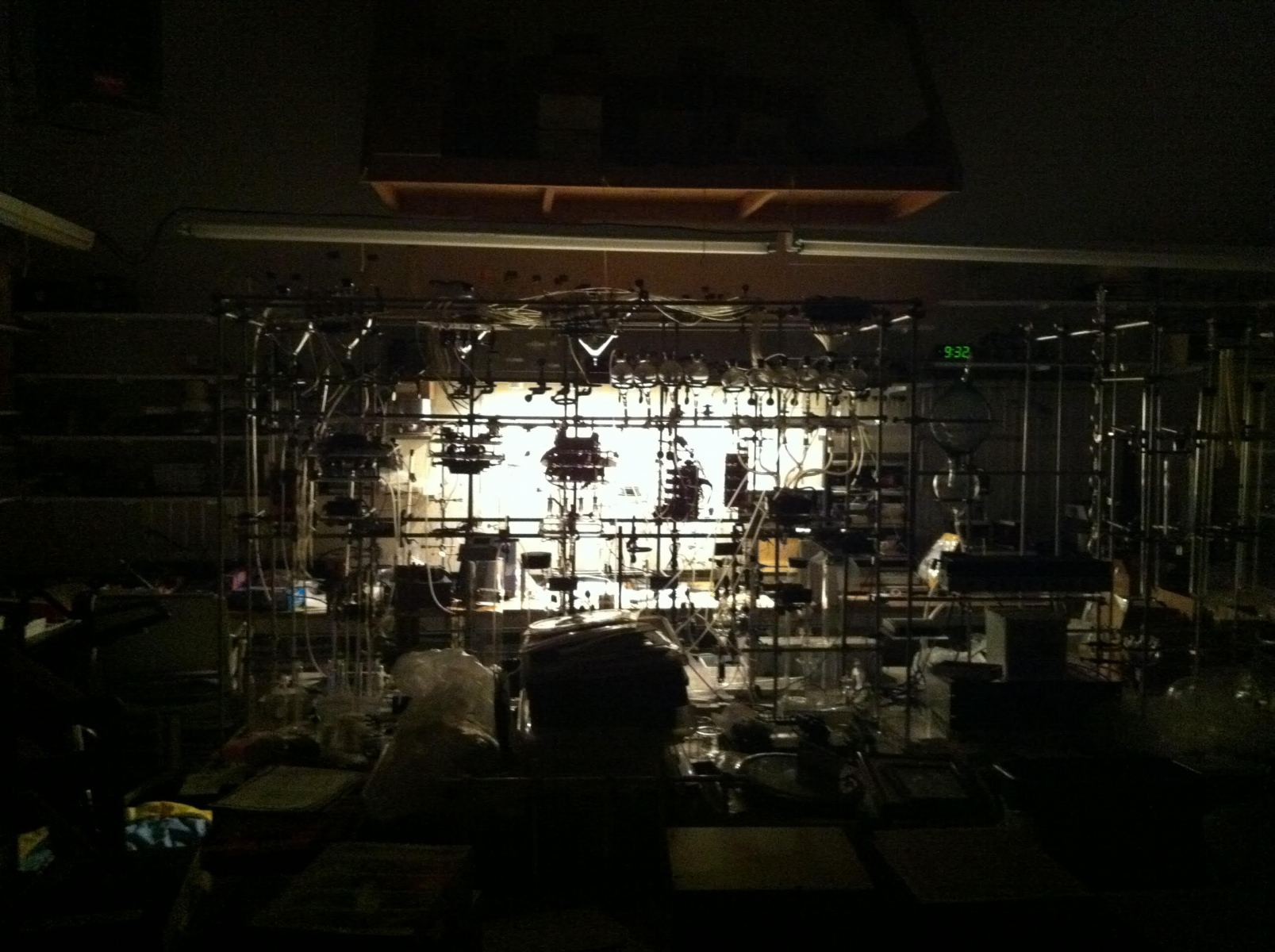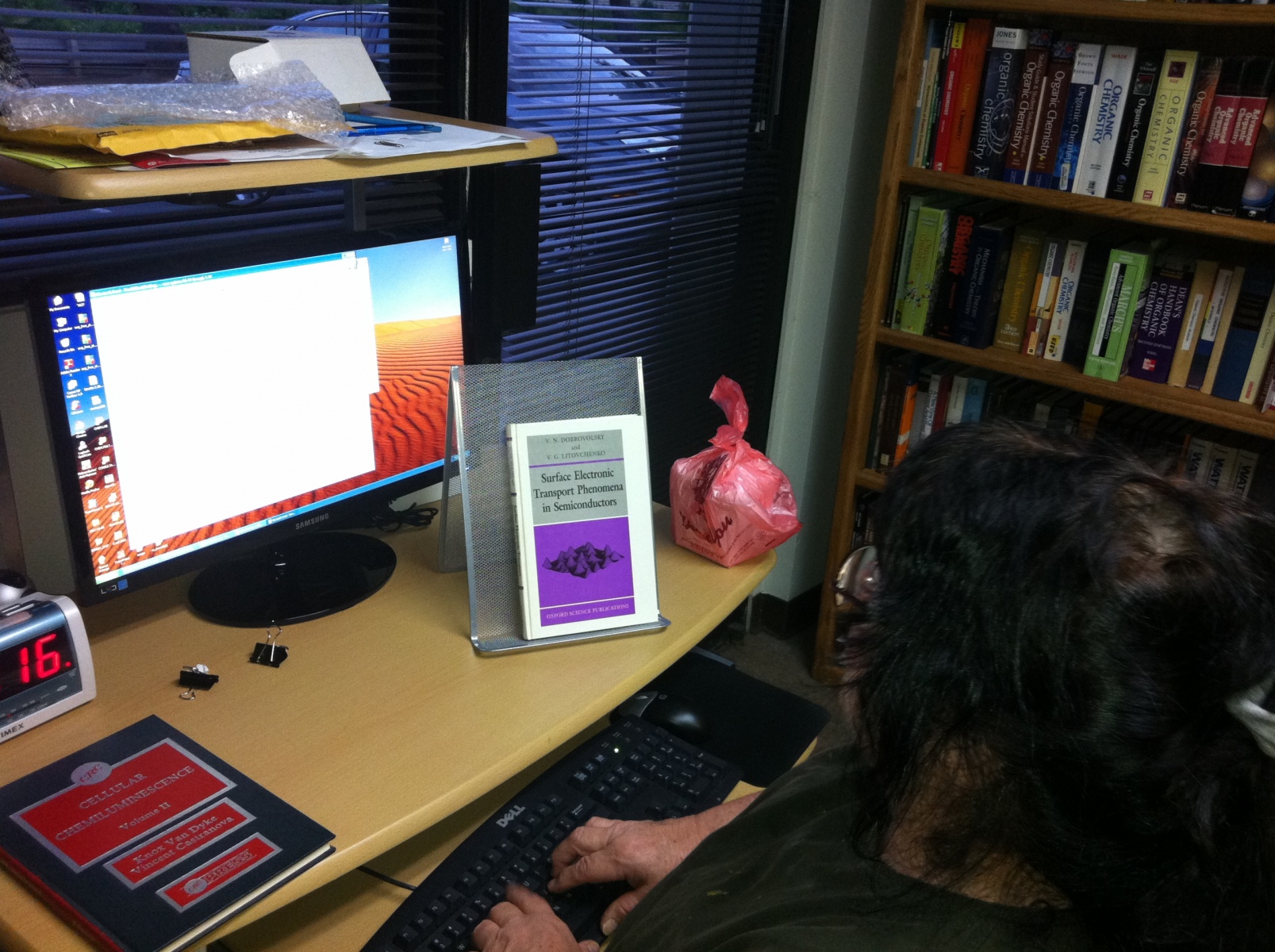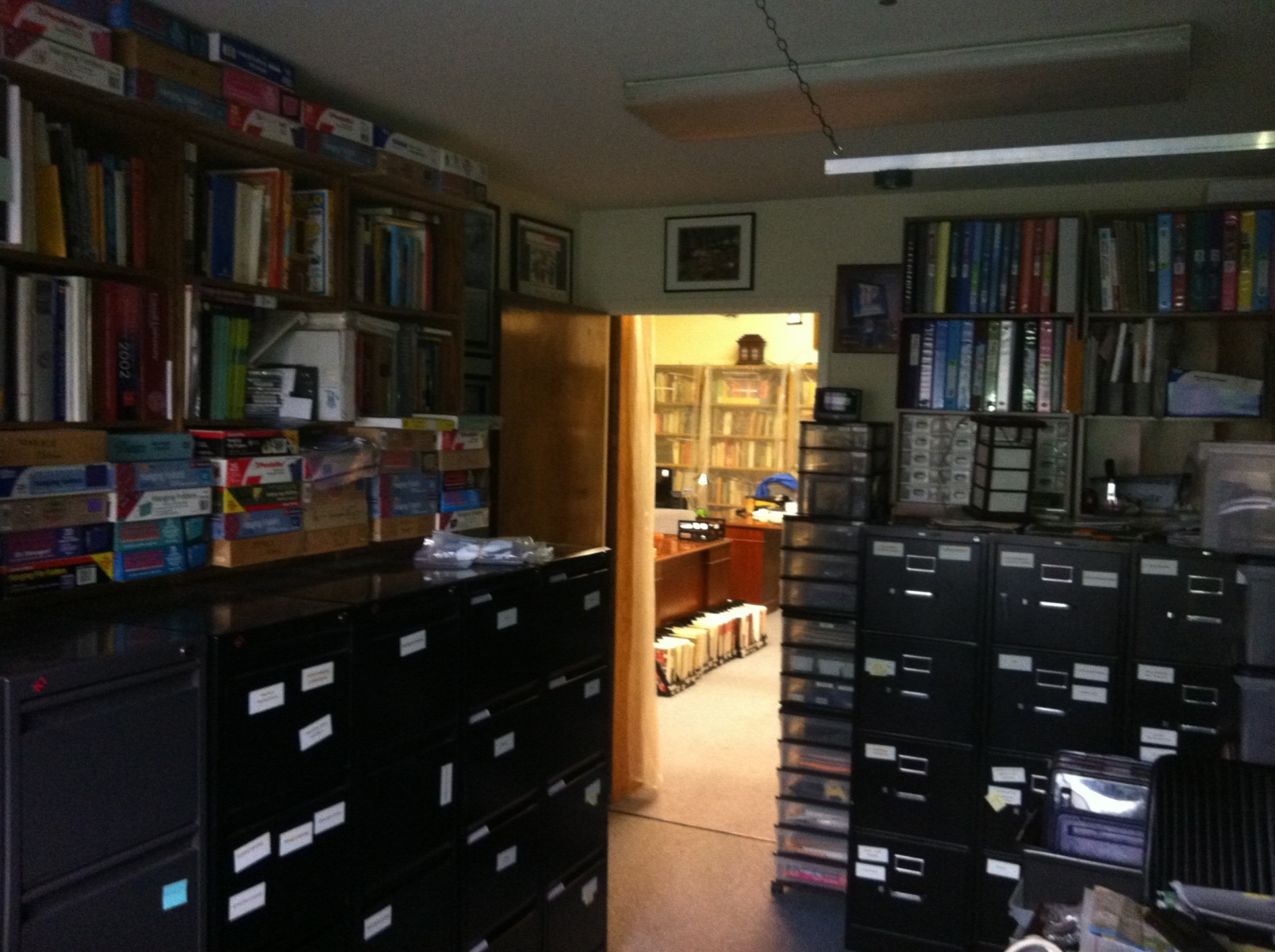Since 2018 the now smaller Belmont R&D facility provides continuing work on Biochemical Signaling Network Modeling, Next-Generation Microplate Technologies, and ongoing work on Fractional Fourier imaging (which NRI’s founder personally pioneered in 1988, five years before the next paper in the area and its subsequent immense popularity in 1993).
ADVANCED USER INTERFACES
NRI’s first generation research and development work (pre-1999) in touch user interfaces was done many years in advance of the touch user interface revolution initiated by the iPhone, also included finger-angles, gesture grammars, individual finger recognition, and multitouch gestures. The technology and licensing activities for pervasively-used touchscreen gestures (such as finger-flick, image-stretch, and image-squeeze) and downward-pressure-sensing touchscreen technologies have been transferred to NRI’s first spin-out company, Advanced Touchscreen and Gesture Technologies (ATGT) based in San Antonio, Texas.
NRI’s work in analog differential amplifiers, multistage electronic circuit topologies, design tools, and CAD for graphene ribbon, carbon nanotube (CNT), and organic semiconductor molecular electronics also were developed at the Belmont facility. The intellectual property was sold in 2011, along with other patent assets in advanced signal processing and pertaining to computer mice with advanced capabilities.
NRI’s Belmont Chemical Science Laboratory launched NRI’s activities in software reconfigurable microfluidics systems (processors, microfluidic transport architectures), microfluidic chemistry, and microfluidic biochemical/chemical sensors array systems. NRI’s Belmont Chemical Sciences Laboratory also did work in the area reactive distillation scale-up and chemical laboratory automation for traditional chemical glassware arrangements.
LENSLESS AND FRACTIONAL FOURIER COMPUTATIONAL IMAGING
Imaging work at the Belmont facility included mathematics and optical engineering for Fractional Fourier optics, continuing NRI founder’s early (1998-1999) work in lensless light-field imaging, and new work in lensless microscopy and optical tomography.
OTHER R&D AND INNOVATIONS



